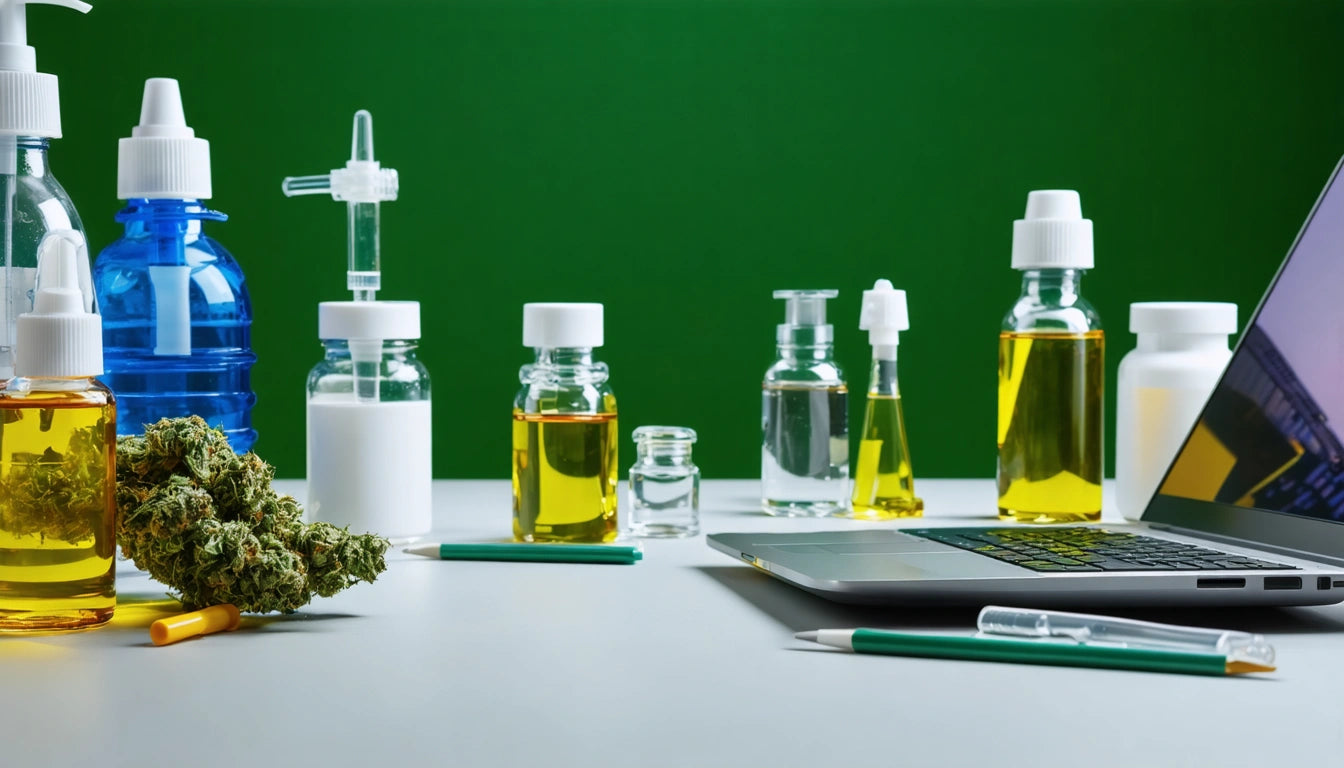Table of Contents
In the rapidly evolving cannabis market, lab testing has become a critical component of consumer safety and product reliability. As cannabis products become more mainstream, understanding how to verify their testing status helps consumers make informed decisions about what they're putting in their bodies. This guide will walk you through the key indicators of lab-tested cannabis and how to interpret testing information.
The Importance of Lab Testing for Cannabis Products
Lab testing serves multiple essential functions in the cannabis industry. First and foremost, it verifies that products are free from harmful contaminants such as pesticides, heavy metals, molds, and residual solvents. Additionally, testing confirms cannabinoid content, ensuring that products contain the advertised levels of THC, CBD, and other compounds.
For medical cannabis patients in particular, this verification is crucial. As explained in the article about differences between medical and recreational cannabis, medical products often have stricter testing requirements to ensure consistent dosing and purity.
Identifying Lab Tested Cannabis Products
There are several key indicators that a cannabis product has undergone proper laboratory testing:
- A batch or lot number printed on the packaging
- QR codes linking to test results
- Testing facility information
- Harvest or production dates
- Cannabinoid profile percentages
Most regulated markets require this information to appear on product packaging. When examining a product, look for clear labeling that includes these details. The article on how to read cannabis labels provides more detailed guidance on interpreting this information.
Understanding Certificates of Analysis (COAs)
A Certificate of Analysis (COA) is a document provided by an accredited testing laboratory that details the composition of a cannabis product. A comprehensive COA typically includes:
- Cannabinoid profile (THC, CBD, CBG, etc.)
- Terpene profile
- Pesticide screening results
- Microbial testing (mold, yeast, bacteria)
- Residual solvent testing (for concentrates)
- Heavy metal screening
Understanding how to interpret these results can be challenging. The percentages listed for cannabinoids indicate potency, while "ND" (Not Detected) or "Pass" designations for contaminants indicate the product meets safety standards.
For concentrate producers who need to ensure their products are properly tested before packaging, using professional filling equipment for precise dosing can help maintain consistency between production batches and lab test results.
Methods to Verify Lab Testing Claims
Beyond simply looking at packaging, consumers can take several steps to verify a product's testing status:
1. Scan QR Codes
Many products now include QR codes that link directly to lab results. Simply scan the code with your smartphone camera to access the COA.
2. Check the Manufacturer's Website
Reputable companies often maintain databases of test results searchable by batch number.
3. Contact the Producer Directly
If test results aren't readily available, don't hesitate to contact the manufacturer. Legitimate companies will be transparent about their testing practices.
4. Verify Testing Lab Credentials
Check that the laboratory listed on the COA is accredited and licensed to perform cannabis testing.
These verification methods are particularly important when considering products with specific claims about cannabinoid content, such as those discussed in understanding THC and CBD differences.
Testing Requirements Across Different Regions
Testing requirements vary significantly by location. In the United States, requirements differ from state to state, with some having more comprehensive mandates than others. Generally, states with established medical or recreational programs require testing for:
- Potency (cannabinoid profile)
- Pesticides
- Microbial contaminants
- Mycotoxins
- Heavy metals
- Residual solvents (for extracts)
Canada has federal testing standards for legal cannabis, while European countries typically have their own regulations. When traveling, it's important to understand that standards may differ, as noted in the article about traveling with cannabis legally.
Ensuring Consumer Safety Through Informed Purchasing
Lab testing ultimately serves to protect consumers, but the responsibility also falls on purchasers to verify products. Some additional safety considerations include:
- Purchase from licensed, reputable dispensaries or retailers
- Be wary of products sold at significantly below-market prices
- Check expiration dates, as testing results are only valid for the specific batch tested
- Consider how storage conditions might affect product integrity, as explained in proper cannabis storage guidelines
For those concerned about potential adverse effects, understanding product testing becomes even more crucial. Articles like can you overdose on cannabis and what to do if you get too high highlight the importance of knowing exactly what's in your cannabis products.
By taking the time to verify testing information, consumers can make more informed choices about the cannabis products they use, ensuring both safety and desired effects. As the industry continues to mature, testing standards will likely become more rigorous and uniform, further protecting consumer health and establishing trust in cannabis products.











Leave a comment
All comments are moderated before being published.
This site is protected by hCaptcha and the hCaptcha Privacy Policy and Terms of Service apply.